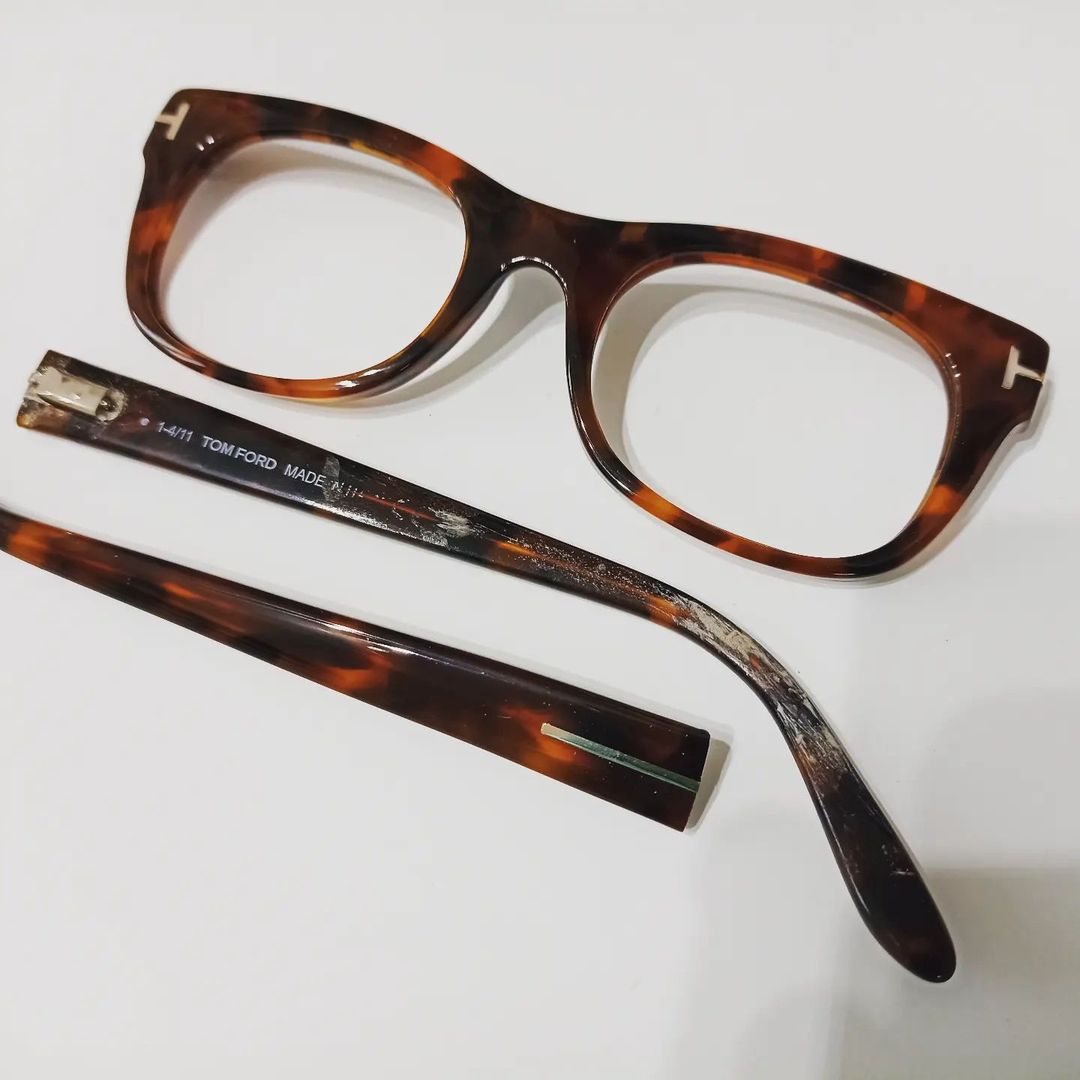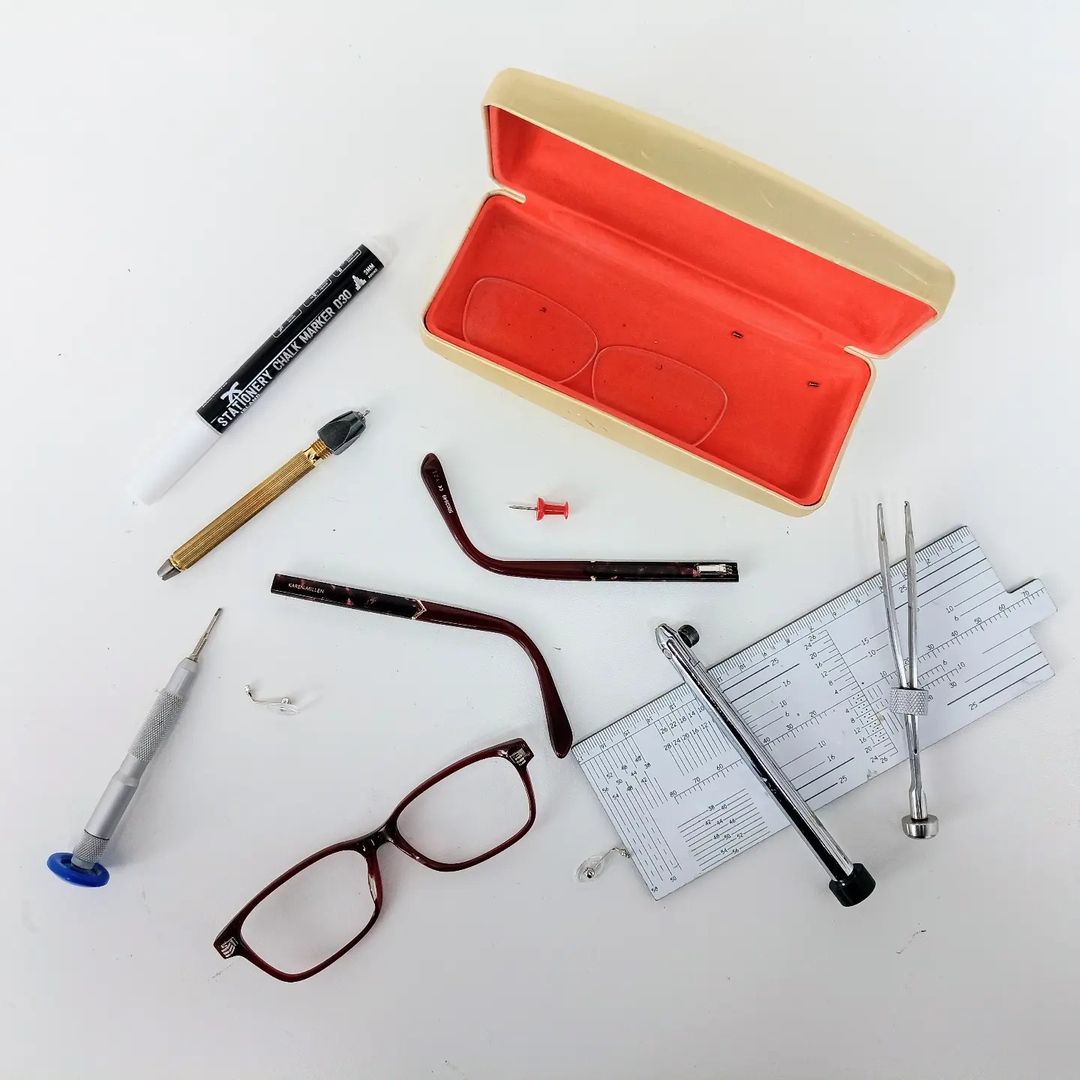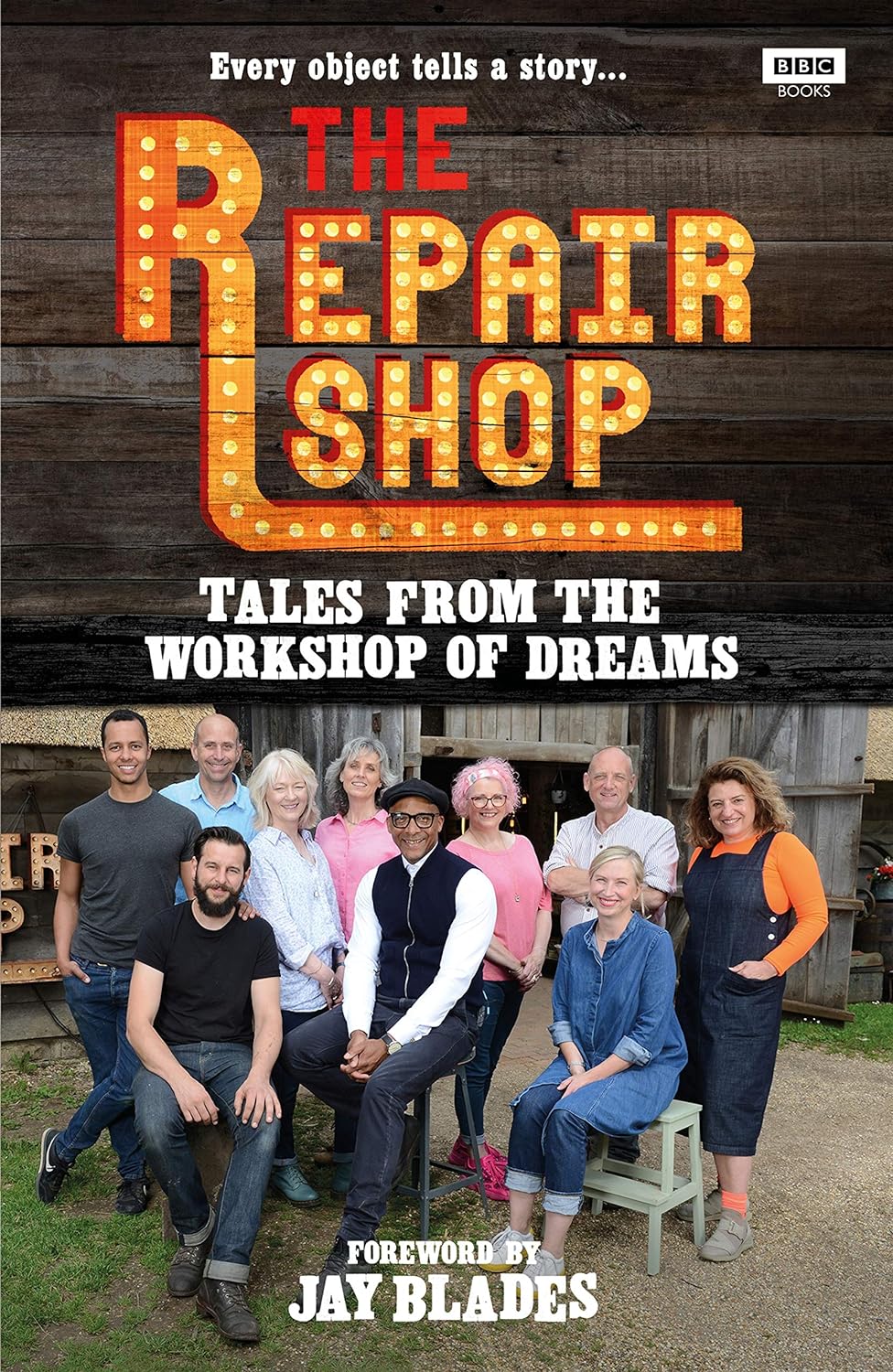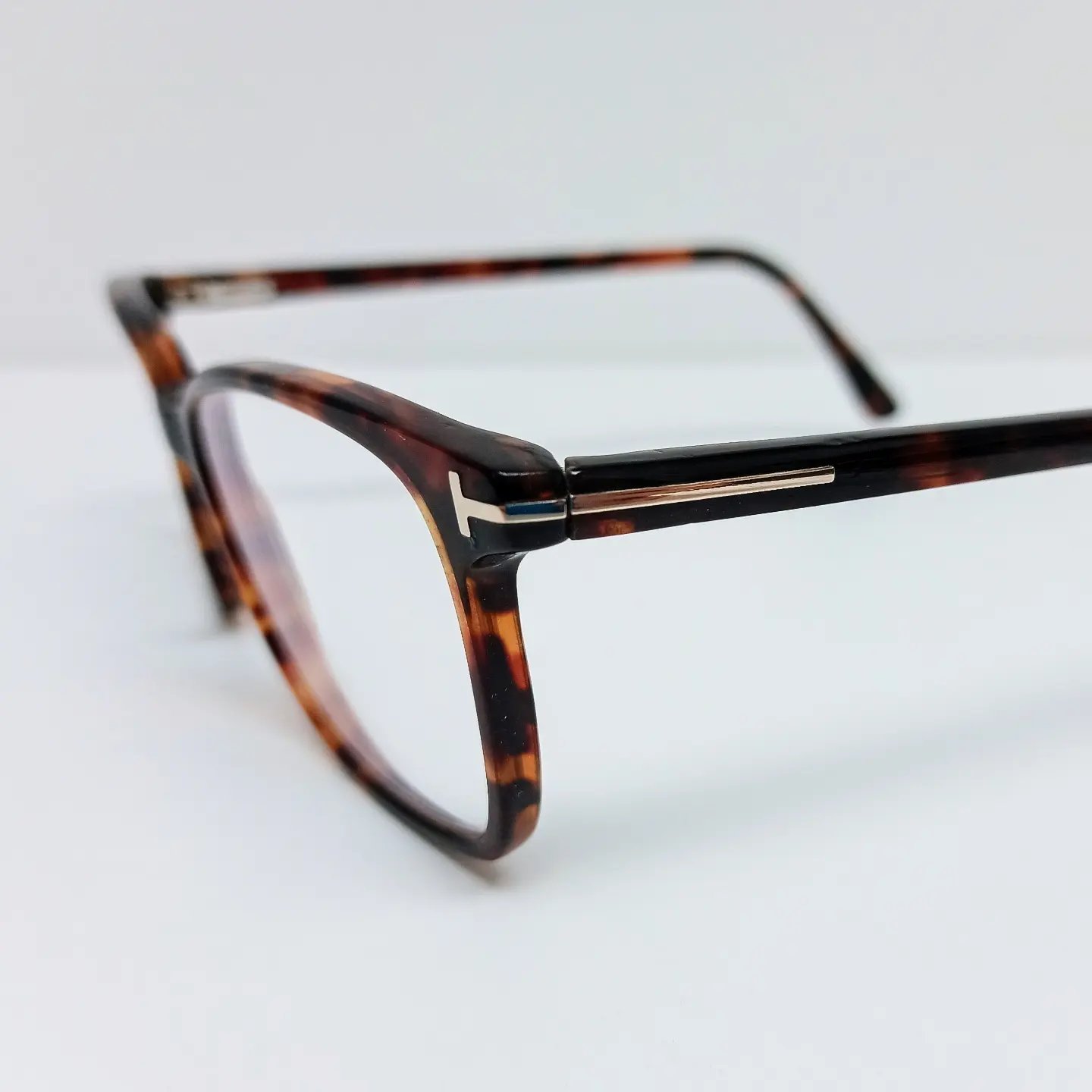Why replace when you can repair?

Photos courtesy of SimpleSpex
Unlike Prue Leith who recently disclosed she owns 75 pairs of spectacles, I only have two. So, when I accidentally sat on my favourite horn-rimmed, Orla Kiely’s, dislocating a handle or temple to use the correct terminology, I was dismayed. At Specsavers I was told the damage was unrepairable because the hinge had snapped. In the past, they had tightened up loose sunglasses at no cost but not this time,’ We don’t stock that line anymore. Anyway, you’re due for an eye test where you can buy two-for-one. Or you can always try Superglue,’ the shop assistant suggested.
I wondered how many more people there are in the world like Prue Leith, with drawers stuffed with spectacles who could just peruse their other seventy-four, rainbow-coloured pairs and forget about the broken ones? In the last decade, cheaper manufacturing means spectacles have become a fashion item and are treated more as accessories with many people owning multiple pairs for different outfits, moods and seasons. But I didn’t need two new pairs. I just wanted my old faves repaired.
I simply couldn’t believe my spectacles were unfixable, so I did some online research and discovered the repair company Simplespex. I emailed a photograph through of my damaged specs and within hours, received a positive and human response. The issue was diagnosed, priced and I paid £28 in advance for the cost of the hinge and repair. I sent my spectacles in the post and they were returned, reconstructed a week later with another friendly note.

Simplespex founder, George Devenish who has a background as an optical technician, saw a gap in the market and set up his small perfectly formed company in 2013. Business has grown year-on-year. He explains whatever the brand, all spectacles have more similarities than differences. ‘The same spring hinge mechanism found in a Tom Ford frame can be found in budget frames which we sell for £15 – £30,’ he explains. Devenish provides an excellent service and an antidote to the insidious replacement culture that surrounds us.
Built-in obsolescence is a toxic by-product of the fashion world and capitalism. To sell consumers new products rather than replace existing ones represents greater profit for businesses. This was demonstrated to me not long after the spectacles incident when my mobile phone had a meltdown. I wondered if mobile phones could have strokes or be possessed by a malign force. My phone would randomly call people without my instruction. If I pressed one digit another would activate. My device which I use in a hundred ways every day was rendered incapable and incomprehensible and my life ground to a halt.
My son insisted it was because the mobile was old, so I prepared to upscale and buy a new model. The man at the phone company explained it would be a £40 deposit followed by a further 18 payments of £38. ‘But what’s wrong with it?’ I asked. ‘Probably the screen but we don’t offer screen repairs,’ he said with genuine disinterest. So, I went to my local phone repair shop where I was told with more interest. ‘It’s 99.9% your screen.’ The screen was replaced for £35 and my phone returned to its former good behaviour.

Both repairs: the spectacles and mobile, gave me great satisfaction. Not only had I potentially saved hundreds of pounds, but I felt the pride of a consumer renegade who had outwitted a system that seemed rigged. Whether it’s having old togs repaired at a local dry cleaner or a bit of domestic DIY, is there anything more rewarding than breathing new life into something pronounced deceased or past it? BBC’s The Repair Shop has become one of the nation’s favourite TV programmes. It seems that even watching things being resuscitated by skilled craftspeople is fascinating. And, many objects can hold precious memories and personal histories.

In July 2021, the Right to Repair bill passed in Parliament which impels manufacturers of white goods: washing machines, tumble dryers, dishwashers, fridges, freezers, and TVs and other electronic displays (but not smartphones or laptops) to supply replacement parts for their products. With 50 million tons of electronic waste every year, It’s predicted that this law could extend the life of most electronic products by 10 years.
With a cost-of-living crisis and a planet groaning with overstuffed landfill, there are many reasons we should repair rather than replace. And if we can’t do it ourselves with the help of a YouTube tutorial or helpful podcast, there’s nearly always someone who possesses the practical skills and know-how to resolve our problems. You just have to find them.
Remember, when a retailer tells you something is unrepairable, it might be worth questioning this assertion which might not necessarily be serving your best interests or pocket.
Nilgin Yusuf is a writer and regular TNMA contributor.
More on repairing not replacing HERE. And check out our selection of the best books on clothes repair HERE.
I also broke the hinge of my – relatively cheap but favourite – CK specs, and were told they were not repairable, as the hinge was embedded in the frame.
I wnjoy a repair challenge, so I did not think to investigate further but bought a replacement hinge on line – not really suitable for reasons I won’t describe but was at least a hinge – painstakingly dug the old hinge out of the plastic frame and glued the new one in.
I wish I’d found Simplespex.